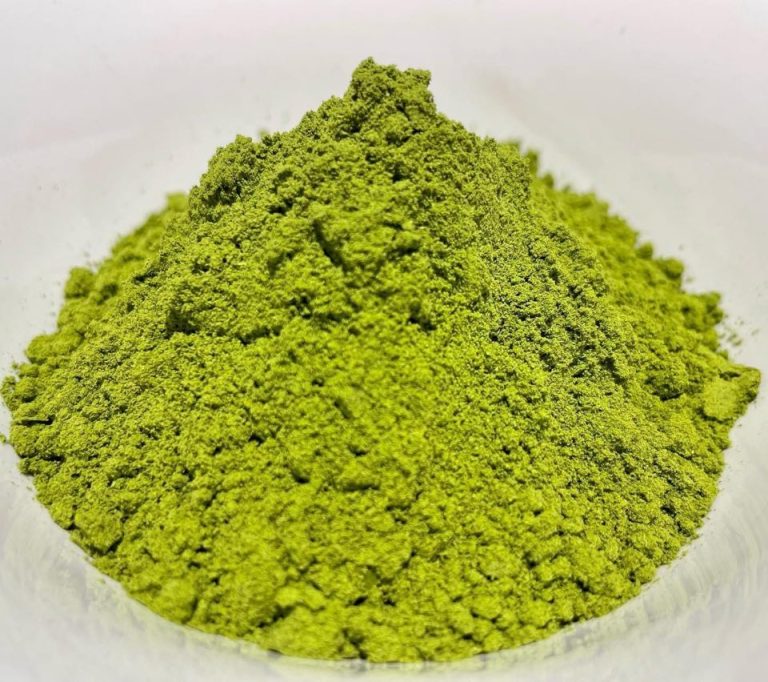Inspecting an Engine when Buying a Used Car
When you buy a used car, you must make an appointment to see the car for sale and, in particular, require that it not start or heat up until you get there. When you arrive, you can open the hood and feel the temperature of the engine by placing your hand on the block or next to the block, which is the main component of most of the engine. This large piece of metal will retain heat for several hours after heating. If the engine is still hot, consider returning at another time or moving on to the next potential machine.
Starting a car with a cold start is necessary to help measure the condition of the engine.
Starting difficulties, poor starting or ridiculous noises are signs of engine systems that no longer work optimally. However, before you even want to start the Used cars in el cajon, you must conduct a full inspection of the fluids in the engine.
The first thing to check is engine oil. To get an accurate level reading, the car should be parked on a flat and level surface, and it is better if the car was parked at night and did not work. The oil that is in the dipstick when it is removed should be amber and mostly transparent. The darker and sandier the oil, the worse the car stays. The oil level is also important, as it will tell you if the car is flowing or fuel is burning, and it will also inform you a bit about the history of car maintenance.
You should check for oil leaks by inspecting the underbody of the engine. If there is an oil leak, this will be very noticeable in the stuck grease and road debris stuck in the bottom of the car. If not, you will have to beware of burning oil. If the oil level is low, you need to go somewhere.
Summary
Another test fluid is radiator fluid. For safety reasons, the vehicle must be completely cooled before attempting to open the radiator cap. The fluid in the radiator should be clean and transparent, although overall it is green. What you do not want to see is oil, gravel or nothing. If you feel comfortable working near cars and radiators, you can start and start the car without a radiator cap. If during acceleration of the engine the bubbles are similar to bubbles, it is likely that the car had an internal malfunction in the form of loss of compression in the engine coming out of the usually insulated cooling system.








